Nature’s Own Cloning Method: The Art of Layering Propagation
In the vast and intricate world of plant propagation, few techniques are as elegant and reliable as layering. Unlike other methods that require cutting or grafting, layering allows a plant to reproduce while still attached to its parent, ensuring a higher success rate and minimal stress. This ancient horticultural practice, often overlooked in modern discussions of cloning, remains a cornerstone of both amateur gardening and commercial cultivation.
The principle behind layering is simple yet profound. By encouraging a stem or branch to develop roots while still connected to the mother plant, growers can create genetically identical offspring without the risks associated with detached cuttings. This method leverages the plant’s natural ability to regenerate, making it a seamless extension of its growth cycle. From the bending of flexible stems to the careful application of soil or moisture, every step in layering is a testament to the harmony between human intervention and botanical instinct.
Why Layering Stands Out
One of the most compelling advantages of layering is its adaptability. Unlike seed propagation, which can introduce genetic variability, or cuttings, which may struggle to root, layering provides a near-guarantee of success. The continued connection to the parent plant ensures a steady supply of water and nutrients, eliminating the shock that often accompanies other propagation methods. This makes it particularly valuable for hard-to-root species or delicate plants that might otherwise perish during transplantation.
Another often-overlooked benefit is the sheer versatility of layering techniques. Whether it’s simple layering, where a low-growing stem is buried in soil, or air layering, which involves wounding a branch and wrapping it in moist medium, the variations cater to different plant types and environments. Even serpentine layering, where a single stem is alternately buried and exposed, showcases the method’s flexibility. Each approach is tailored to maximize root development while maintaining the vital link to the mother plant.
The Science Behind the Success
At its core, layering exploits the plant’s innate capacity for vegetative reproduction. When a stem is buried or wounded, hormonal shifts—particularly an increase in auxins—trigger root formation at the site of injury. The presence of moisture and darkness further stimulates this process, mimicking the conditions of a natural rooting environment. Because the new plant remains attached, it continues to photosynthesize and draw resources, giving it a head start once separated.
This biological efficiency is why layering has been a trusted method for centuries. Historical records from ancient China and Greece describe gardeners using similar techniques to propagate figs, olives, and other prized species. Today, modern research has only deepened our understanding of the hormonal and environmental cues that make layering so effective, yet the basic principles remain unchanged. It’s a rare example of traditional knowledge standing the test of scientific scrutiny.
Practical Applications and Modern Uses
Beyond backyard gardening, layering plays a critical role in commercial horticulture and ecological restoration. Nurseries specializing in fruit trees, such as apples and cherries, often rely on air layering to produce uniform, disease-resistant stock. In forestry, layering helps regenerate hardwoods like oaks and beeches, ensuring genetic consistency in reforestation projects. Even viticulturists use a form of layering to replace damaged vines without sacrificing yield or quality.
The method’s low-tech requirements also make it indispensable in resource-limited settings. Unlike tissue culture or other high-tech cloning methods, layering demands little more than soil, moisture, and patience. This accessibility has made it a cornerstone of sustainable agriculture initiatives worldwide, empowering small-scale farmers to propagate crops without expensive equipment or specialized training. In an era of increasing focus on food security and biodiversity, layering offers a low-cost, high-reward solution.
Challenges and Considerations
Despite its many advantages, layering isn’t without limitations. The process can be slower than other propagation methods, sometimes taking months for roots to develop sufficiently. Certain plants, particularly those with rigid stems or those prone to disease, may not respond well to the technique. Additionally, because layering produces exact clones, it can perpetuate genetic vulnerabilities if the parent plant has underlying health issues.
Timing is another critical factor. Performing layering during the plant’s active growth phase—typically spring or early summer—yields the best results. Environmental conditions, such as soil quality and humidity, must also be carefully managed to prevent rot or desiccation. Yet for those willing to navigate these nuances, the rewards are undeniable: robust, genetically identical plants with a survival rate that far surpasses other methods.
A Timeless Technique for the Future
As the demand for sustainable and low-impact plant propagation grows, layering is experiencing a quiet resurgence. Urban gardeners, permaculture enthusiasts, and even tech-driven vertical farms are rediscovering its potential. In an age where genetic engineering and lab-grown plants dominate headlines, there’s something deeply reassuring about a method that works in harmony with nature’s own rhythms.
Perhaps the greatest lesson of layering is its reminder that not all progress requires reinvention. Sometimes, the most advanced solutions are those that have been hiding in plain sight, waiting for us to recognize their value. Whether you’re a hobbyist nurturing a single rose bush or a farmer cultivating an orchard, layering stands as a testament to the enduring power of simplicity in the natural world.
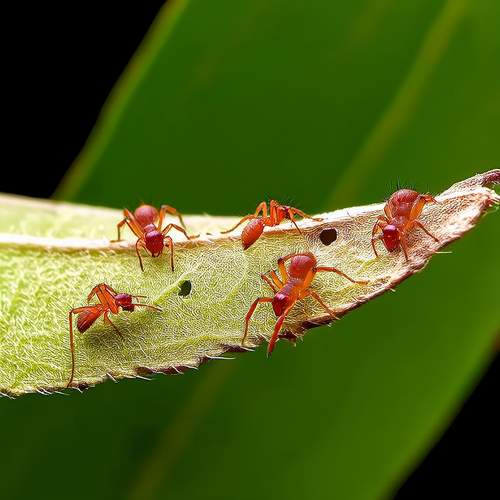
By /May 21, 2025

By /May 21, 2025
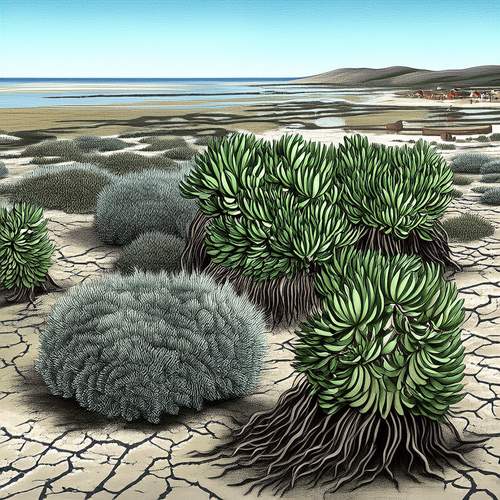
By /May 21, 2025

By /May 21, 2025

By /May 21, 2025

By /May 21, 2025
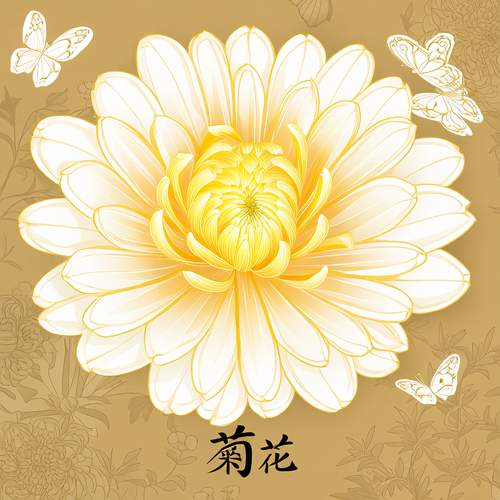
By /May 21, 2025
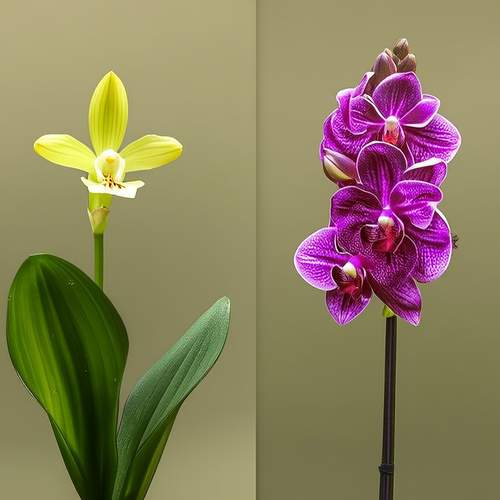
By /May 21, 2025
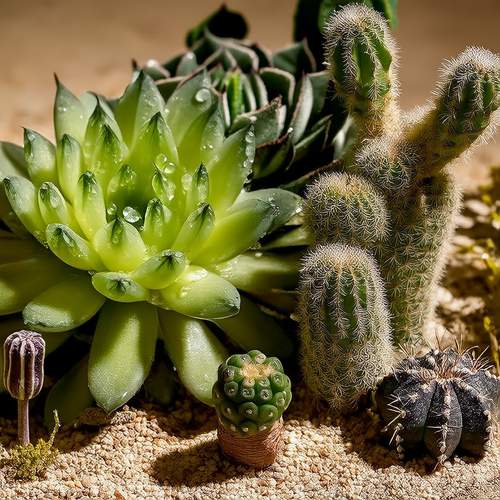
By /May 21, 2025
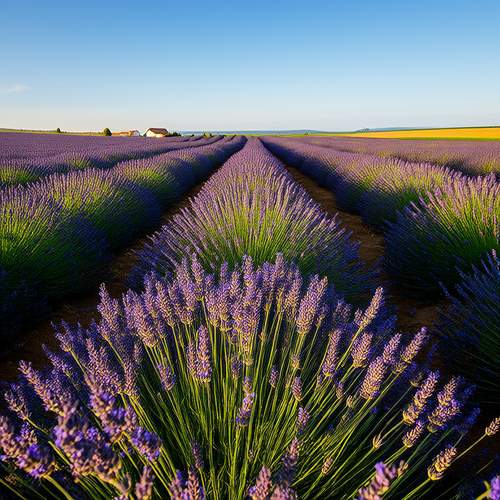
By /May 21, 2025
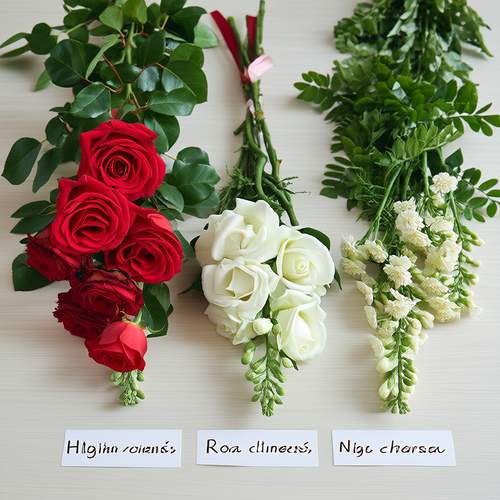
By /May 21, 2025
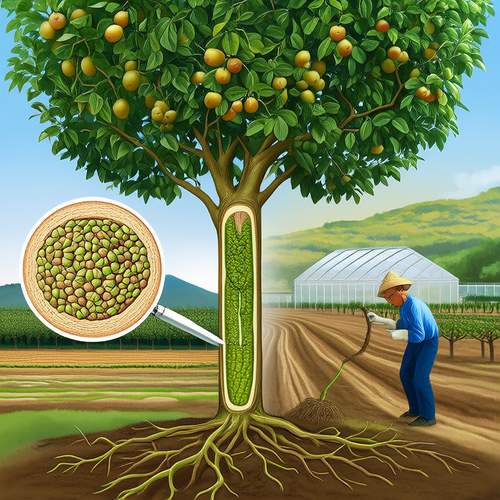
By /May 21, 2025

By /May 21, 2025
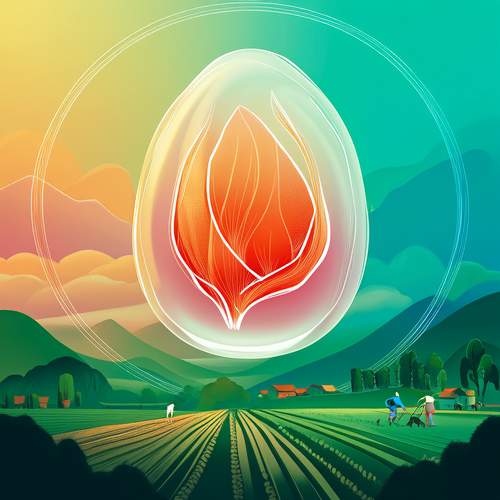
By /May 21, 2025
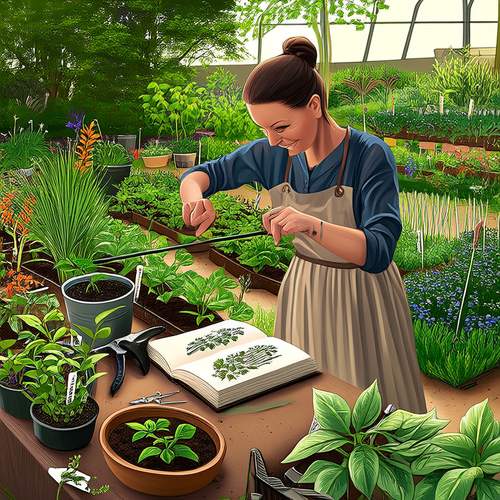
By /May 21, 2025

By /May 21, 2025

By /May 21, 2025
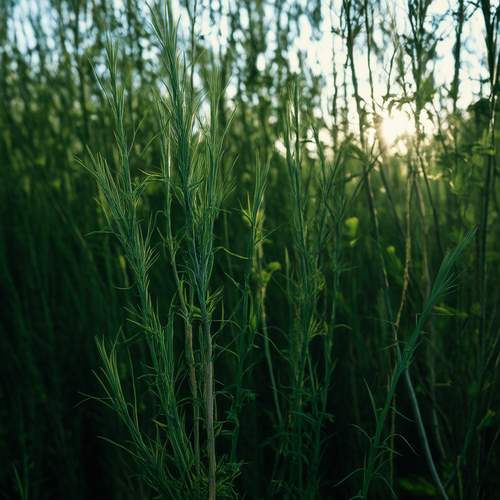
By /May 21, 2025
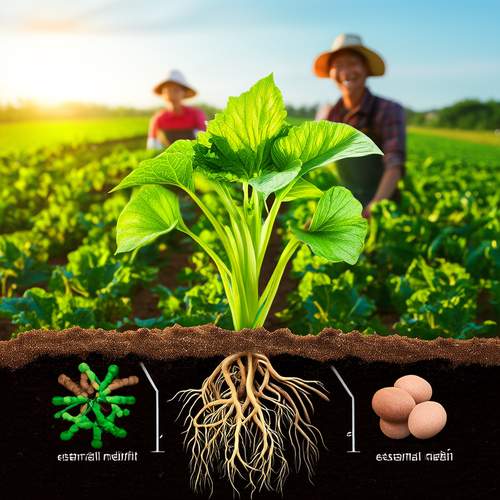
By /May 21, 2025
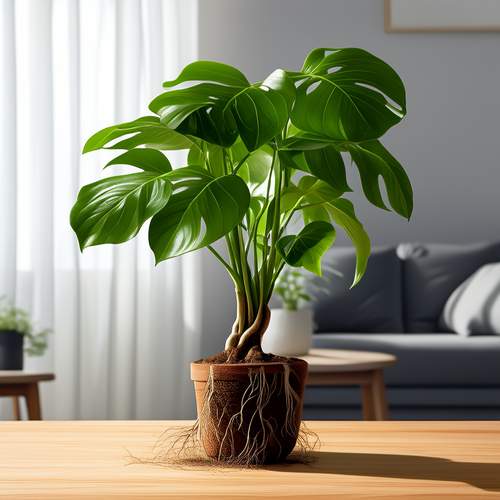
By /May 21, 2025